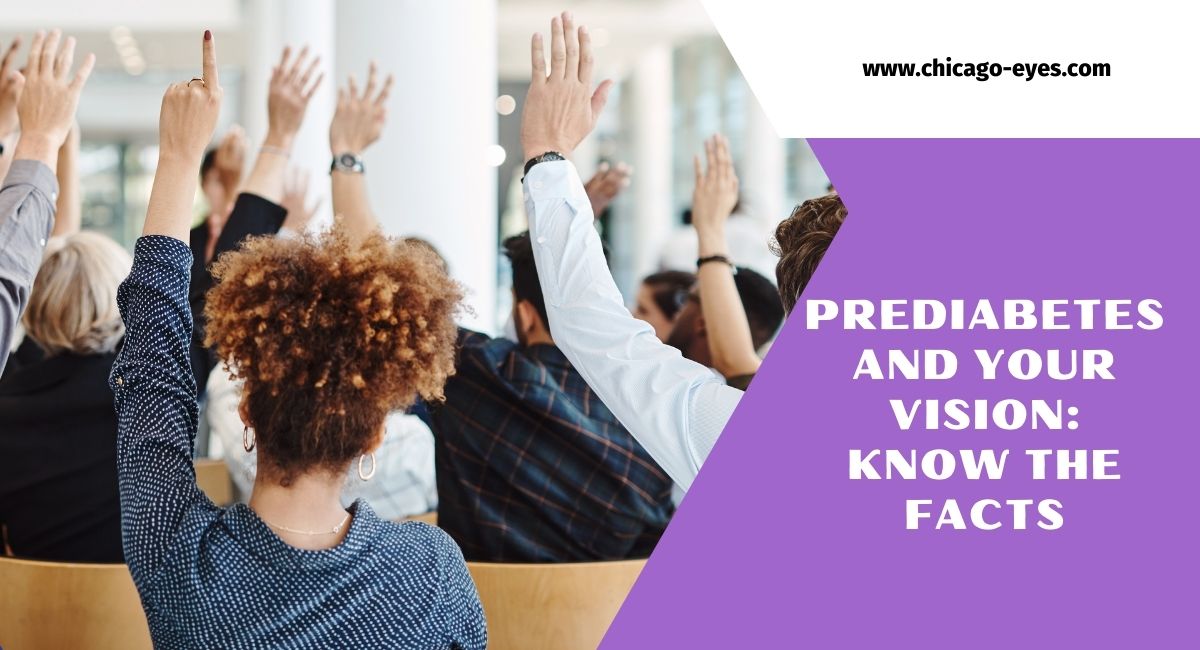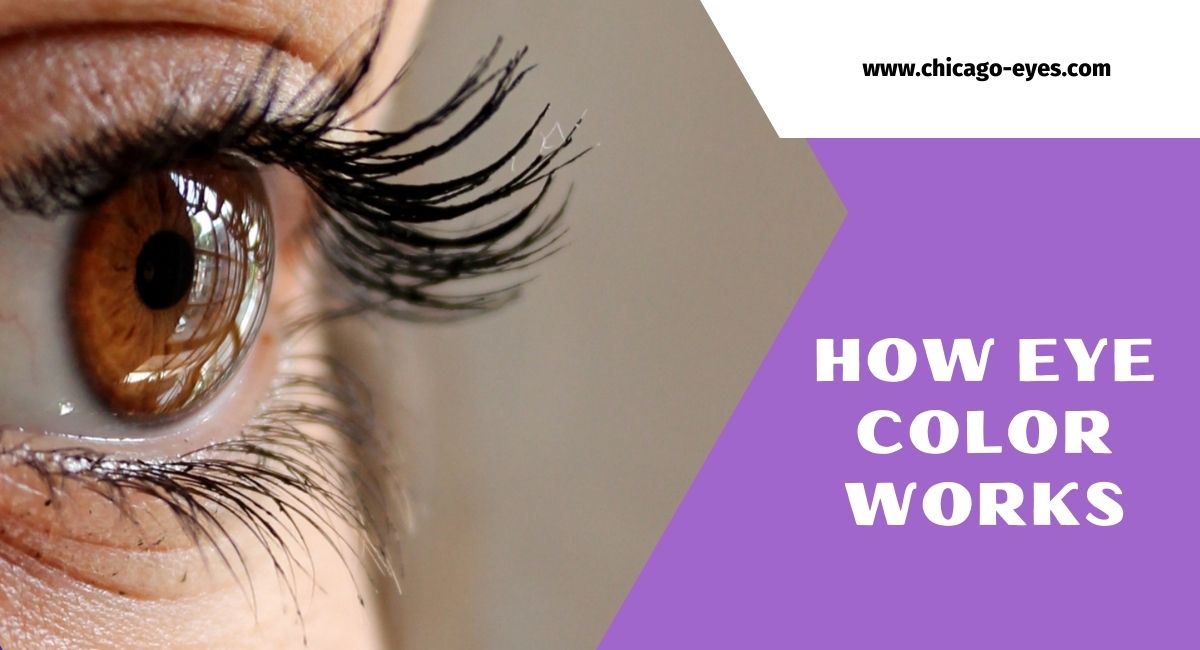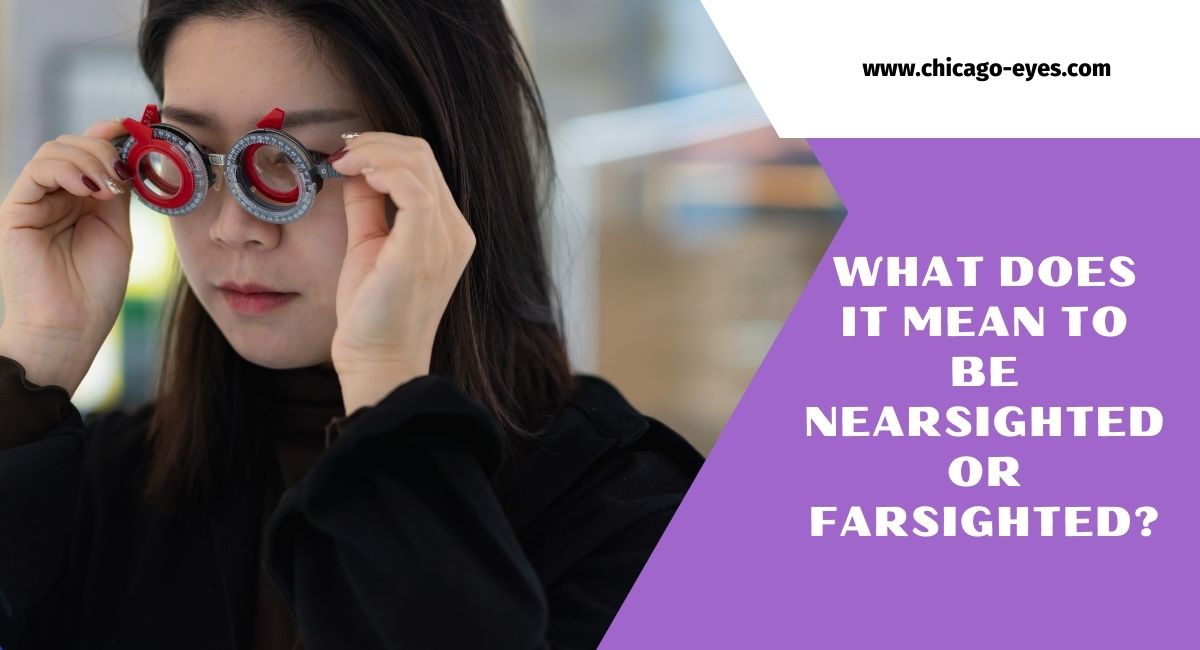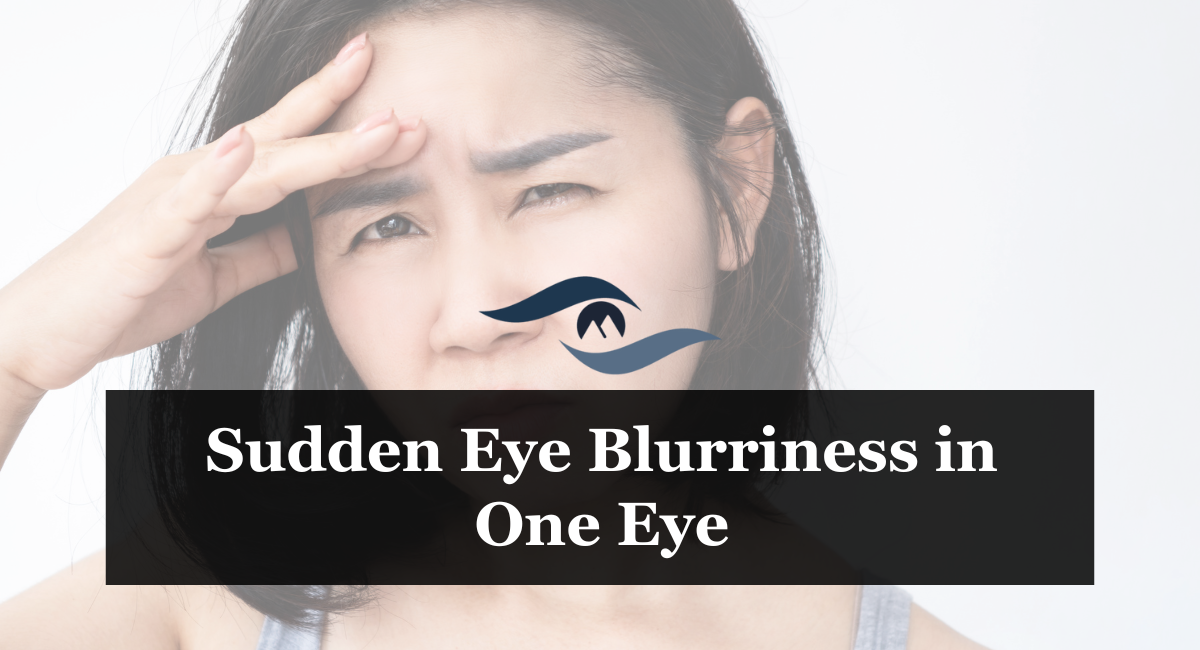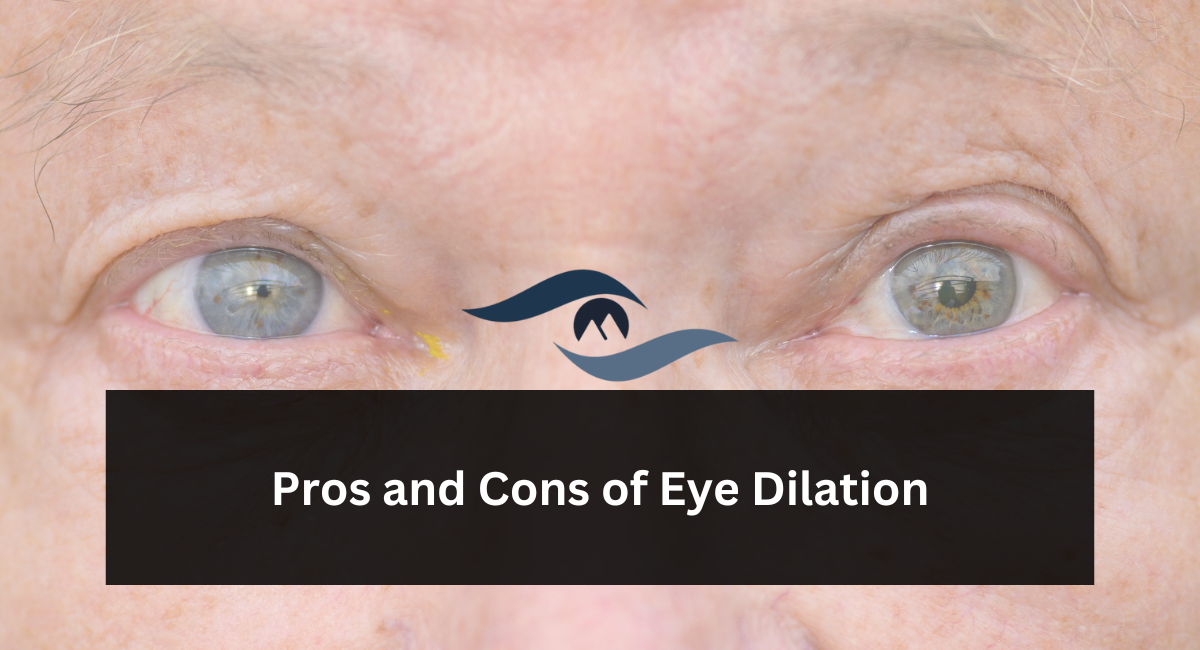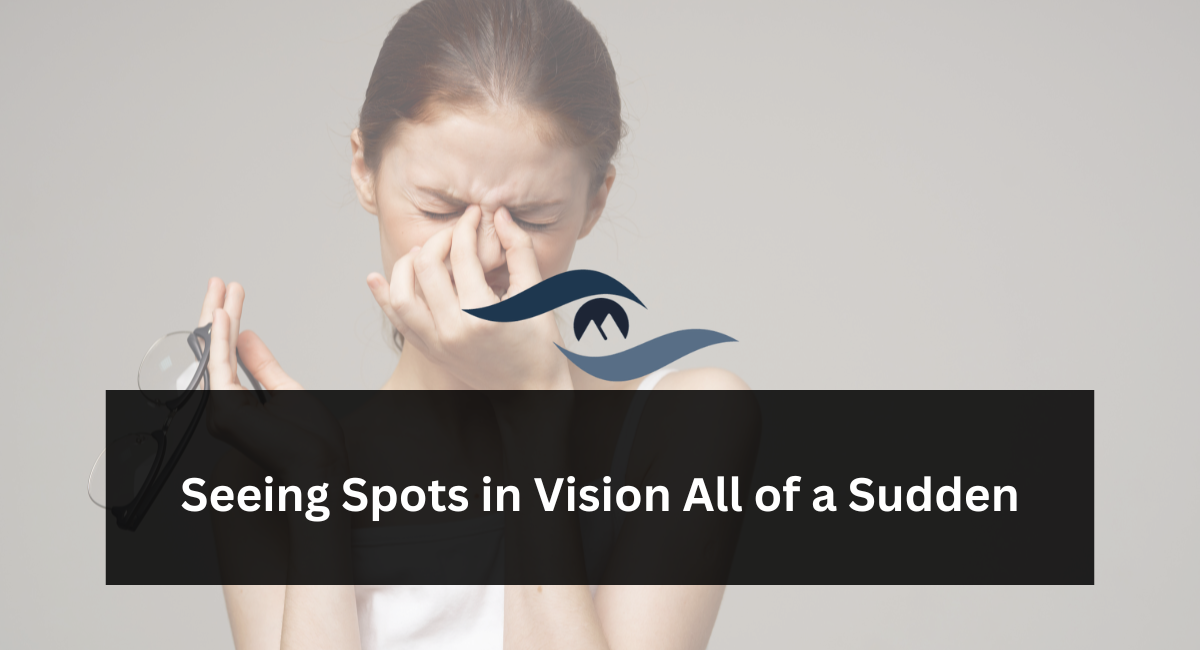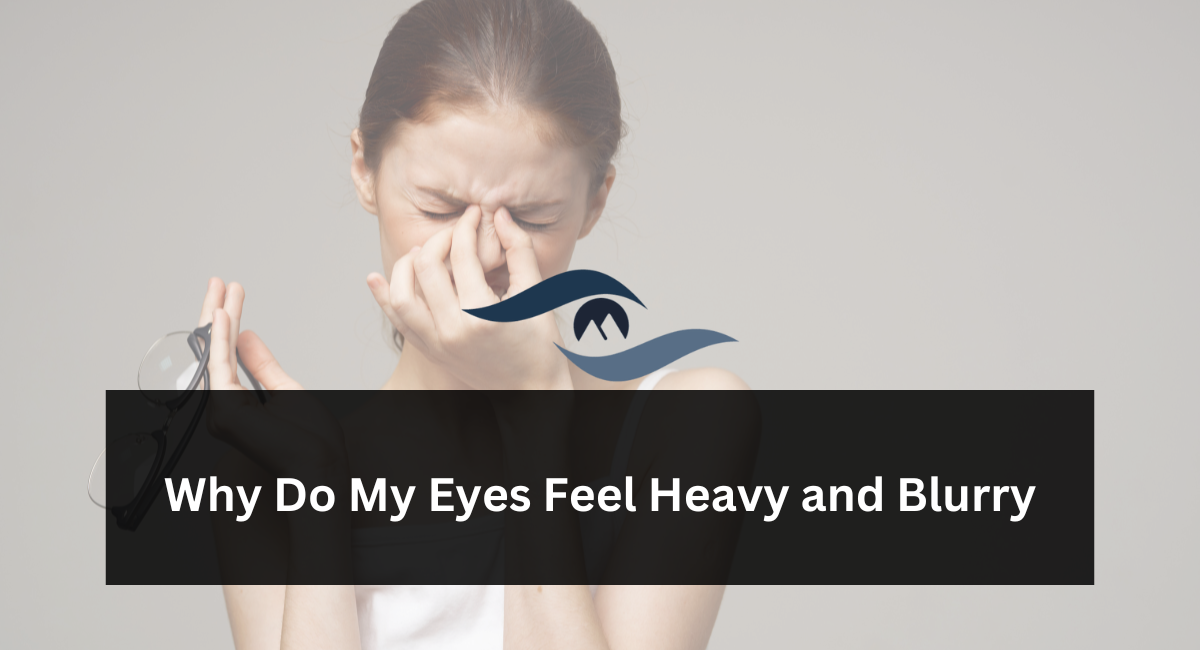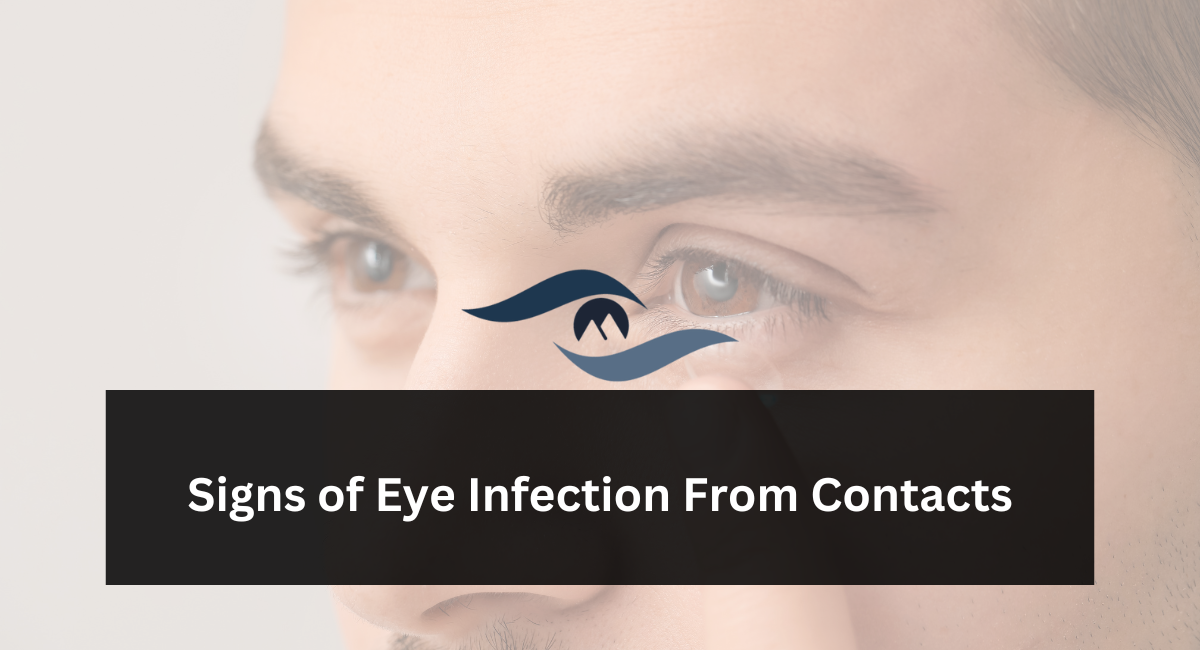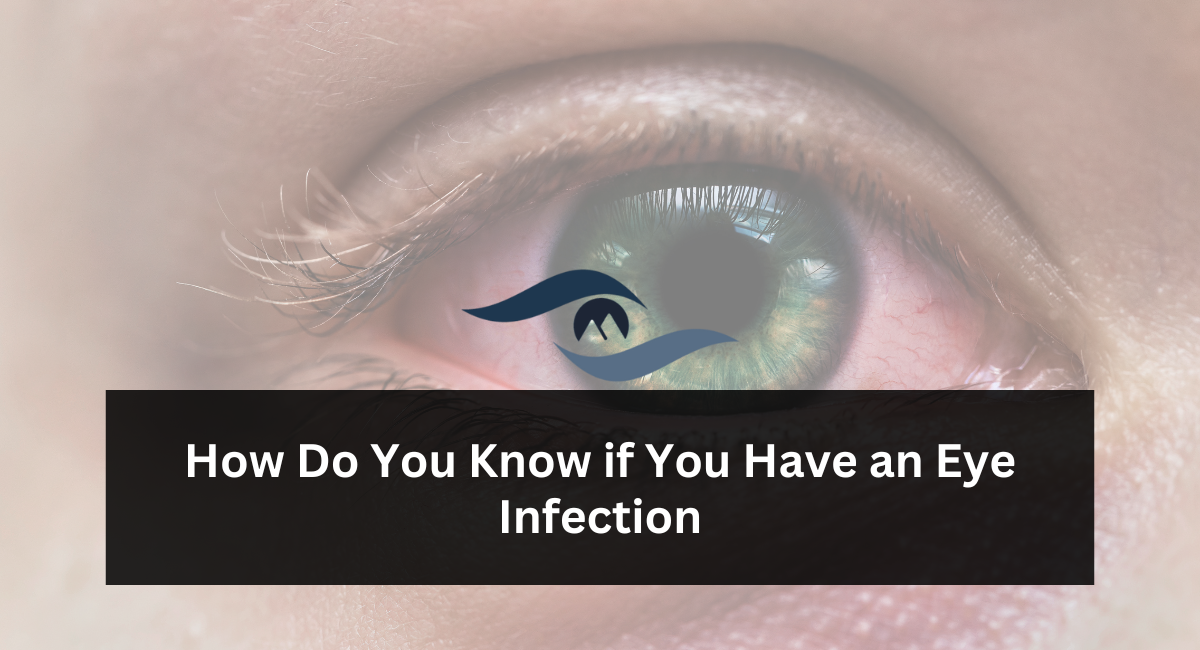In the US, diabetes affects more than 29 million individuals. More than one in three Americans, or 86 million people, have prediabetes, and one of the main side effects of the condition is vision impairment.
It’s critical to understand the nature of these issues and how to prevent diabetes from developing.
What Is Prediabetes?
A person with prediabetes has higher blood glucose levels than usual but not as high to be diagnosed as diabetic.
Research indicates that approximately 8% of individuals experience diabetic retinopathy in the prediabetic phase before receiving an official diagnosis of diabetes.
Another common sign of prediabetes is blurred vision. Get your blood sugar checked if you notice changes in your vision since many individuals with prediabetes already have diabetes-related issues.
What Effects Do Prediabetes And Diabetes Have On Our Eyes?
Diabetes and prediabetes can impact our blood vessels or vascular system, as we’ve already covered. Tiny blood arteries in our eyes provide them with much-needed nutrition.
The vasculature of the retina, the portion of the back of our eye that is sensitive to light, is especially rich. These blood veins in the retina may enlarge, leak, or shut entirely due to diabetes or prediabetes.
Aberrant new blood vessels may occasionally emerge on the retina’s surface. Diabetic retinopathy is the term for these alterations to the blood flow of the retina brought on by diabetes. In a subsequent piece on diabetic eye illness, we’ll go into more detail on diabetic retinopathy.
Diabetes also raises the risk of cataracts and glaucoma in its patients. Glaucoma is a series of illnesses that harm the optic nerve and result in irreversible vision loss. A cataract is the opacification of the eye’s lens that causes vision impairment. In a subsequent essay, we’ll examine these two eye conditions of diabetes again.
Loss Of Vision Due To Diabetes
It is a basic fact that blindness and significant vision loss can result from diabetic eye disease. Research indicates that around 90% of eyesight loss associated with diabetes is avoidable; nevertheless, prompt identification is crucial.
Diabetes patients should have important yearly eye exams before they exhibit visual loss symptoms. Unfortunately, research indicates that 60% of diabetics do not receive the recommended checkups from their physicians.
Ophthalmologists take this seriously and believe that individuals with diabetes and prediabetes should be aware of it.
How Can You Help?
Changes in diet and lifestyle, particularly in the prediabetic stage, can postpone, if not wholly prevent, the onset of diabetes. The following actions can help delay the onset of diabetes:
Consume wholesome meals. Reduce consumption of fat and calories and increase consumption of fruits and vegetables.
Make exercise a part of your everyday routine. Muscle cells become more responsive to insulin after exercise, facilitating the cells’ usage of blood glucose for energy.
Sustain a healthy weight. You can avoid or delay diabetes by sixty percent, even if you simply drop five to seven percent of your body weight.
Strategies For Managing Diabetic Retinopathy And Eye Disease
1. Control Your Diabetes
If your diabetes is under control, your risk of diabetic retinopathy and diabetic eye disease will be lower. To effectively manage your diabetes, be aware of your condition and collaborate with your physicians. This will improve your general health and benefit your eyes.
2. Keep An Eye On And Manage Blood Sugar
High blood sugar may cause your eyes to change, either permanently or temporarily. Maintaining blood sugar levels within a healthy range can prevent these alterations.
3. Verify Your Hemoglobin A1C
It shows your average blood sugar levels over the previous two or three months. This will indicate whether you have been typically controlling your blood sugar levels.
4. Keep An Eye On And Manage Blood Pressure
High blood pressure raises the risk of diabetic retinopathy, eye illness, and injury. Blood pressure regulation benefits not only general health but also the eyes.
Studies show that most people with diabetes have target blood pressures of less than 130/80 mmHg.
5. Give Up Using Cigarettes And Tobacco
The risk of having diabetic retinopathy and diabetic eye disease is increased by smoking and tobacco usage. Giving up will reduce your risk and enhance your general well-being.
6. Consume Healthfully
A healthy diet is beneficial to your eyes and general well-being. It will also assist with other risk factors like blood pressure, cholesterol, triglycerides, and blood sugar levels. Eat well if you want healthy eyes.
7. Manage Your Weight
Obesity and excess weight can harm your eyes and general health. Maintaining and Reaching a healthy weight is critical for your general health, diabetes, and eye health.
8. Keep An Eye Out For Changes In Your Vision
Any alteration in vision may indicate the onset or advancement of diabetic retinopathy and eye disease. Additionally, they can alert you to an eye emergency. You should consider any changes to your vision carefully.
9. Consult Your Ophthalmologist Right Away If Your Eyesight Changes In Any Way
Should you observe any changes in your vision, do not hesitate to contact your ophthalmologist. Early detection and treatment may result from this, protecting your vision and averting irreversible vision loss.
10. Get Eye Checkups Regularly
Without any symptoms or warning signs, diabetic retinopathy and diabetic eye disease can progress unnoticed. Your diabetic eye disease specialist ophthalmologist can identify changes in your eyes before you do and before they begin to impair your vision.
Once you have been diagnosed with diabetes, make sure you have a comprehensive eye exam every year.
11. Observe Treatment Regimens For Diabetes, Diabetic Retinopathy, And Diabetic Eye Disease
Recognize and adhere to the treatment regimens that your ophthalmologist and primary care physician devise for you. Make an appointment if you would like more information about your treatment plan. Following your treatment plan will safeguard your general health, eyes, and vision.
12. Should You Get Pregnant And Have Diabetes, Consult Your Ophthalmologist
See your ophthalmologist as soon as you get pregnant if you have diabetes. Pregnancy exacerbates the abnormalities in your eyes that diabetes already makes possible.
To safeguard your eyes and long-term vision, an ophthalmologist will check on you during your pregnancy and adjust your care as necessary.
13. Track And Manage Triglycerides And Cholesterol
Elevated blood lipid (fat) levels raise the risk of diabetic retinopathy, diabetic eye illness, and diabetic eye injury. Lowering triglycerides and cholesterol benefits general health and the health of the eyes.
To sum up, the intricacy of eye color is evidence of the complex interactions between heredity and environment.
Even if science has shed light on the fundamentals of determining eye color, curiosity, and amazement are still sparked by the distinctiveness and distinctive combinations seen in each person’s eyes.
Every eye color contributes to the richness of human uniqueness by telling a tale, whether through the captivating colors of blue, the coziness of brown, or the most unusual tones.
Learn More: 13 Steps to a Flatter Stomach and a Healthier Life
